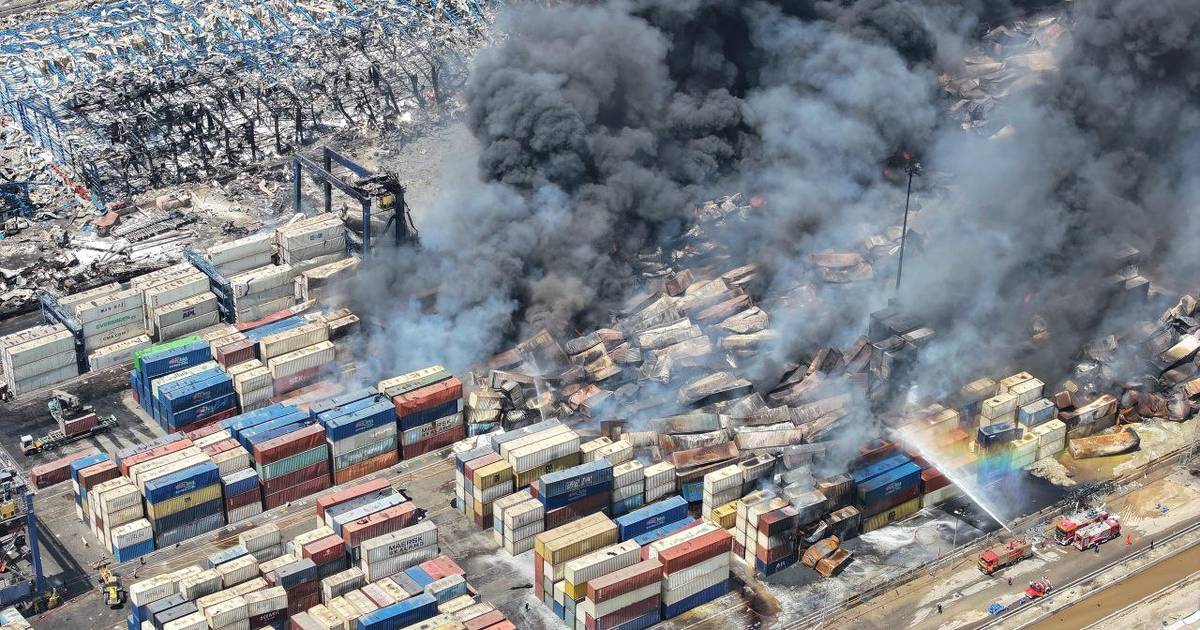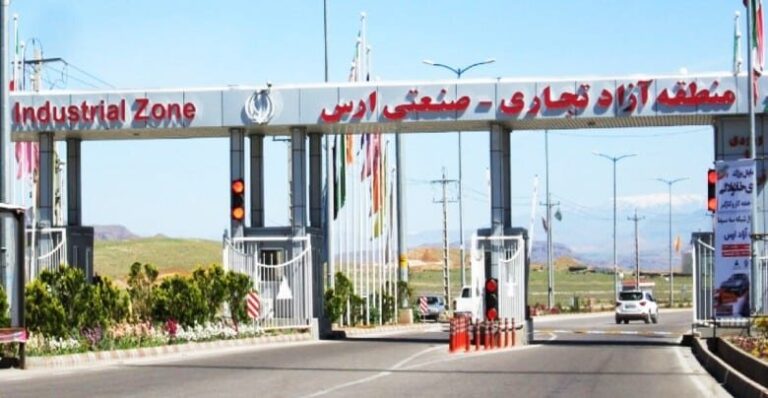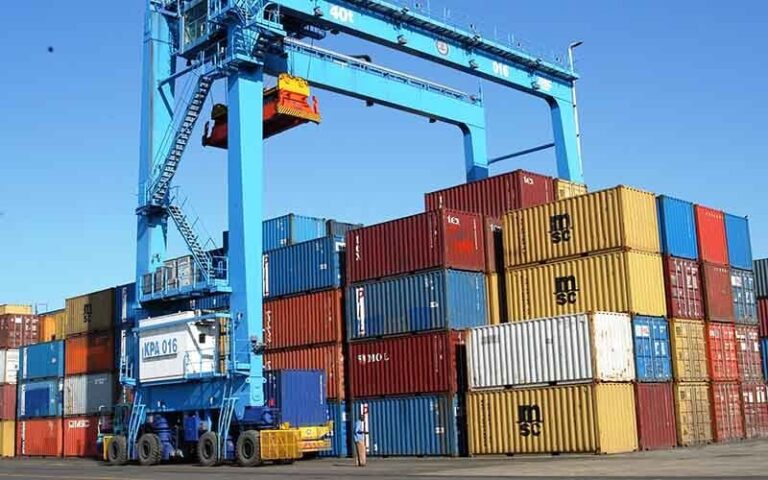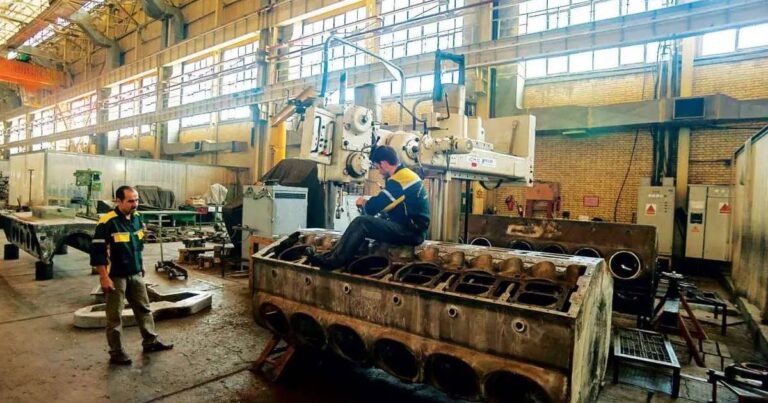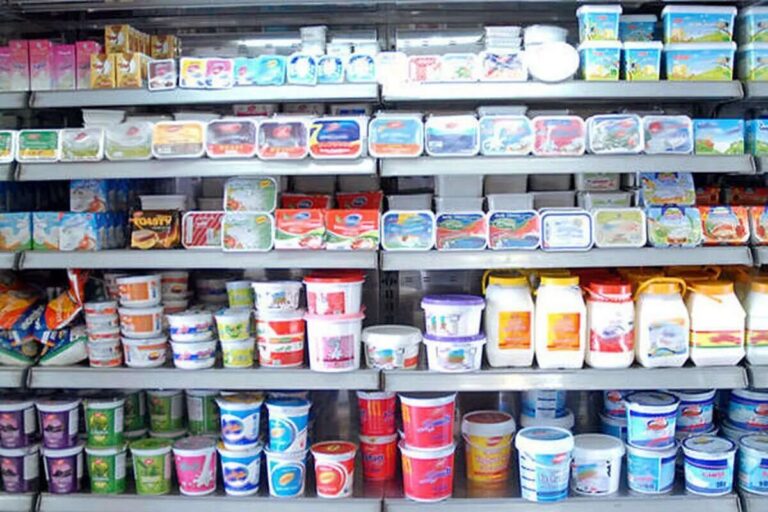Major Port Shutdown Disrupts Over 50% of Iran’s Cargo Operations Amid Ongoing Fire Crisis
The recent explosion at the Shahid Rajaee port in Bandar Abbas has had a significant impact on Iran’s port activity, with more than half of operations currently offline. The incident, which occurred on Saturday, has severely disrupted operations at the country’s largest container port, leading to a staggering 57% halt in nominal loading and unloading capacity.
According to data from Iranian port authorities, although some customs and transit activities have resumed, full operations at the port remain suspended as efforts to extinguish the fire continue. Cleanup operations are currently in progress, with Interior Minister Eskandar Momeni reporting that approximately 80% of firefighting efforts had been completed by Sunday afternoon.
Tragically, the explosion has resulted in the loss of at least 28 lives, while over 1,000 individuals have sustained injuries. In response to the crisis, the Ministry of Health has declared a state of emergency in Bandar Abbas, citing serious air pollution and the potential risk of chemical contamination. As a precautionary measure, authorities have closed all schools, universities, and government offices in the city.
- Rajaei Port’s Significance: The port processes about 85% of Iran’s container cargo and 52% of its oil product trade, according to the Iranian Ports and Maritime Organization.
- Recent Cargo Traffic: Over the past Iranian year (March 2024 – March 2025), Rajaei Port handled more than 81 million tons of goods, accounting for over half of Iran’s total maritime cargo traffic, valued at $29 billion out of Iran’s $130 billion foreign trade.
- Container Capacity: Shahid Rajaei port dominates the container sector, handling 77% of the country’s nominal container capacity, which is equivalent to 6.65 million TEUs (twenty-foot equivalent units) across its 11 active container ports.
The next largest port, Bushehr, has a capacity of only 550,000 TEUs. Rough estimates indicate that each day of disruption at Rajaei Port could potentially halt the movement of around 221,000 tons of various goods, which includes approximately 61,000 tons of containerized cargo and 75,000 tons of oil products.
The investigation into the cause of the explosion is ongoing. A source connected to Iran’s Islamic Revolutionary Guard Corps informed the New York Times that the blast was likely triggered by sodium perchlorate, a chemical commonly utilized in solid rocket fuel. Notably, less than a month prior to the explosion, reports surfaced regarding the arrival of the Jairan, an Iranian cargo ship associated with transporting missile components from China to Bandar Abbas.
According to reports, the Jairan, owned by the U.S.-sanctioned Islamic Republic of Iran Shipping Lines (IRISL), delivered a shipment of sodium perchlorate to the port in late March, following a similar delivery by the MV Golbon in February, as per The Maritime Executive. This chemical is processed at Iranian facilities such as Parchin and Khojir to manufacture ammonium perchlorate, which is a crucial component, constituting 70% of the fuel for Iran’s solid-fueled ballistic missiles, including the Kheybar-Shekan, Fattah, Fateh-110, and Zolfaghar missiles.
In light of the explosion, an Iranian defense ministry spokesperson declared that no military-use shipments were among the cargo being handled at the port, asserting that rumors spread by foreign media were unfounded. Additionally, Iran’s moderate Ham-Mihan newspaper speculated that sabotage could be a possible cause of the explosion, especially given its timing coinciding with the resumption of expert-level negotiations between Iran and the United States.
There are striking comparisons being drawn between the Rajaei Port explosion and the catastrophic 2020 Beirut port disaster. In that incident, Lebanese authorities reported that a massive explosion was triggered by a fire in a warehouse containing a large stockpile of ammonium nitrate fertilizer, which had been improperly stored for years.
Ranked 59th among the world’s major ports, Rajaei Port is crucial for Iran’s economy, with no immediate alternatives available to replace its extensive cargo-handling capabilities. Iranian officials have stated that a comprehensive assessment of the damage, along with a timeline for complete restoration, will be provided once the fire is fully extinguished.
As the situation develops, the implications for Iran’s trade and economic stability remain a pressing concern. The ongoing investigations and cleanup efforts will be critical in addressing both the immediate aftermath of the explosion and the long-term impacts on the nation’s maritime operations.
